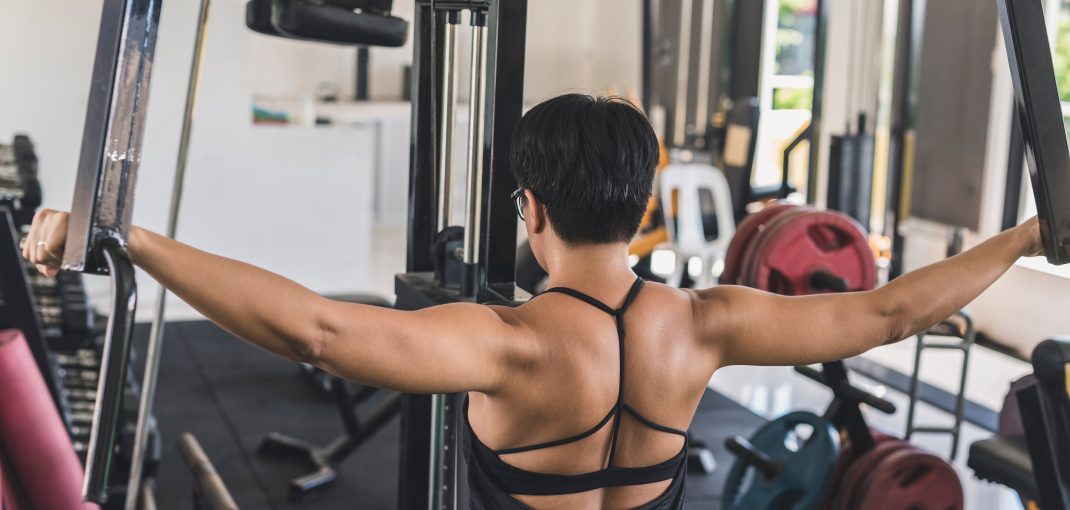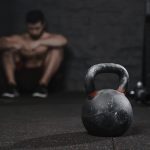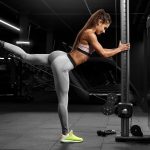Mastering the Machine Delt Rear Fly: Proper Form, Benefits, and Best Practices
The machine rear delt fly is one of the best isolation exercises for targeting the rear delts (posterior deltoids), upper back, and shoulder stabilizers. Often overlooked in favor of front and side delt exercises, the rear delts are essential for balanced shoulder development, Whether you’re a beginner or an advanced lifter, understanding the mechanics and benefits of this exercise can take your upper body training to the next level.
In this blog, we’ll explore everything you need to know about the machine rear fly, including proper form, benefits, variations, and key considerations for making the most of this movement.
What is the Machine Rear Fly?
The machine rear fly, also known as the reverse pec deck fly, is a resistance exercise that isolates the rear deltoid muscles and upper back. The movement involves sitting in a pec deck machine (typically used for chest flys), facing the backrest, and pulling the handles outward to activate the rear delts and rhomboids.
Unlike free-weight alternatives like bent-over dumbbell reverse flys, this exercise stability and controlled resistance, making it a safer and more effective option for those looking to refine their posterior shoulder and upper back development.
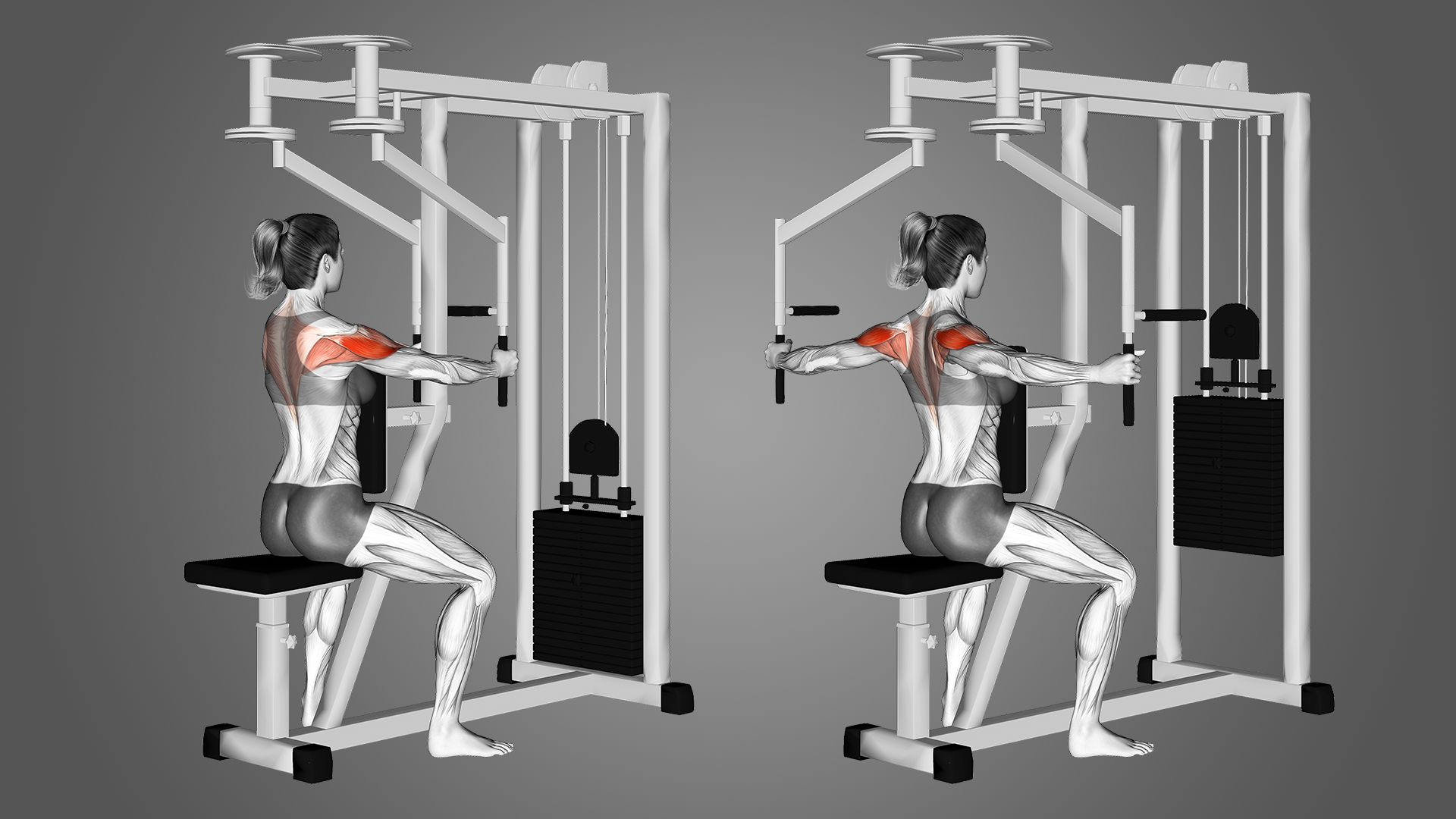
Muscles The Rear Fly Targets
This exercise primarily targets the rear delts, but it also engages other key muscles in the upper body:
- Posterior Deltoids – The primary muscle worked, responsible for moving the arms backward.
- Rhomboids – Located between the shoulder blades, they help retract the scapula.
- Trapezius (Upper & Middle) – Assists in shoulder blade movement and posture stabilization.
- Infraspinatus & Teres Minor (Rotator Cuff Muscles) – Provide shoulder stability during the movement.
Machine Rear Delt Fly Tutorial
Proper Form for the Machine Rear Fly
Using proper form is crucial to maximizing effectiveness and reducing injury risk. Follow these steps for optimal execution:
1: Adjust the Machine
- Set the seat height so that the handles align with your shoulder level.
- Adjust the machine arms so that they are in the fully closed position, allowing a full range of motion.
2: Position Yourself Correctly
- Sit facing the backrest with your chest pressed against the pad.
- Grab the handles with a neutral or pronated grip (palms facing in or down).
- Keep your feet flat on the floor and your core engaged.
3: Execute the Movement
- Initiate the movement by pulling the handles outward, focusing on moving through the rear delts, not the arms.
- Keep a slight bend in your elbows and avoid locking them.
- Retract your shoulder blades slightly at the top to maximize contraction.
- Pause for a second at the peak contraction before slowly returning to the starting position.
- Repeat for the desired number of reps.
4: Maintain Proper Breathing
- Inhale as you return to the starting position.
- Exhale as you squeeze your shoulder blades together during the outward motion.
Benefits of the Machine Rear Fly
1. Strengthens the Rear Delts
Many lifters emphasize front and side delt exercises but neglect the rear delts. This can lead to muscular imbalances that affect posture and shoulder function. The machine rear fly directly targets these muscles, ensuring balanced shoulder development.
2. Improves Posture
A strong upper back and rear delts help pull the shoulders back into alignment, counteracting the effects of slouching, prolonged sitting, and forward shoulder posture caused by daily activities or excessive pressing movements.
3. Enhances Shoulder Stability and Reduces Injury Risk
Weak rear delts and rotator cuff muscles can lead to shoulder instability and injuries, especially for athletes and lifters who perform a lot of pushing exercises (bench presses, shoulder presses, etc.). Strengthening these muscles helps stabilize the shoulder joint, reducing the risk of injuries.
4. Supports Other Compound Movements
Stronger rear delts contribute to better performance in compound exercises like pull-ups, rows, deadlifts, and presses. A weak posterior chain can limit strength gains in these movements.
5. Provides a Safe and Controlled Motion
Compared to free-weight rear delt flys, the machine rear fly offers better control, reduced momentum, and a consistent resistance curve, allowing for a safer and more effective muscle contraction.
6. Isolates the Rear Delts More Effectively
Since the movement is performed on a machine, it eliminates the need for balance and coordination, allowing lifters to focus solely on contracting the rear delts without other muscles compensating.
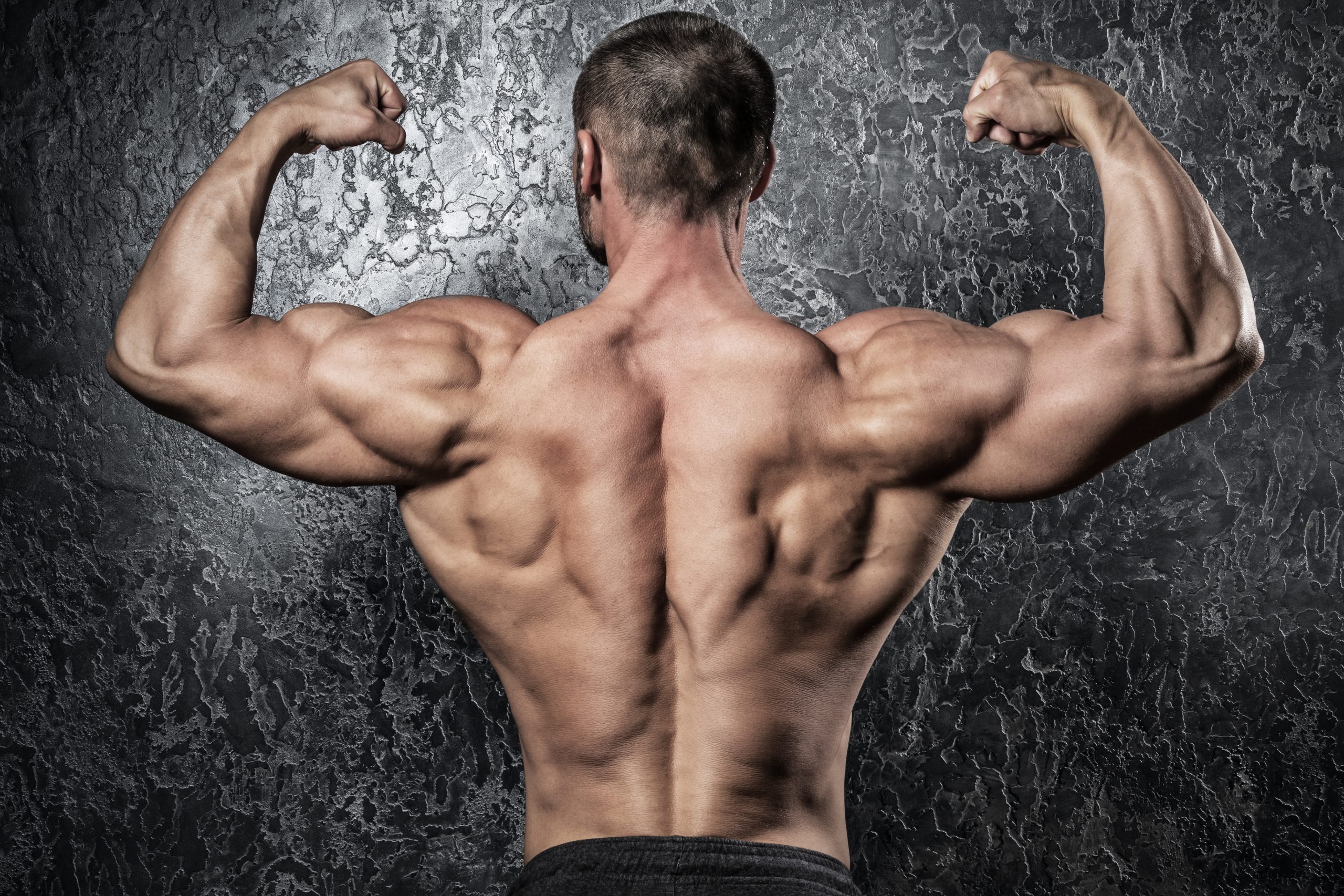
Common Mistakes to Avoid
1. Using Too Much Weight
Lifting too heavy often leads to using momentum rather than proper muscle engagement. This reduces effectiveness and increases strain on the joints.
2. Rounding the Back
Leaning too far forward or hunching the back reduces engagement of the rear delts. Keep your chest up and back straight throughout the movement.
3. **Shrugging the Shoulders**
This one is something I struggled with for a long time. When I finally got the hang of it, I was forcing my delts to do all the work and not letting other muscles get involved. Engaging the upper traps too much can take tension away from the rear delts. Keep your shoulders relaxed and focus on the targeted muscles.
4. Moving Too Fast
Performing the exercise too quickly reduces time under tension. Slow and controlled reps lead to better muscle activation.
5. Overextending the Arms
Locking the elbows or flaring the arms too far back can place excessive strain on the shoulder joints. Maintain a soft bend in the elbows.
Variations of the Machine Rear Delt Fly
1. Partial Reps
This is one of my favorites. You can perform half reps at the top range or bottom range to keep constant tension on the rear delts and really target the proper muscles. Ryan Humiston sums up the benefits of partial reps on this exercise in this video below.
2. Single-Arm Rear Fly
Perform the movement one arm at a time to improve muscle imbalances.
3. Reverse-Grip Rear Fly
Using a supinated (palms up) grip places more emphasis on the external rotators of the shoulders.
4. Drop Sets
Reduce the weight mid-set to push past failure and maximize hypertrophy.
How to Incorporate the Machine Rear Fly Into Your Routine
1. Workout Frequency
Train rear delts 2–3 times per week for optimal development.
Incorporate the machine rear fly on shoulder or upper back days.
2. Sets and Reps
- For Strength: 4–5 sets of 6–8 reps with heavier resistance.
- For Hypertrophy: 3–4 sets of 10–15 reps with moderate weight.
- For Endurance: 3 sets of 15–20 reps with lighter resistance.
3. Pairing with Other Exercises
Combine the machine rear fly with exercises like:
- Face pulls
- Bent-over rear delt flys
- Dumbbell lateral raises
- Seated rows
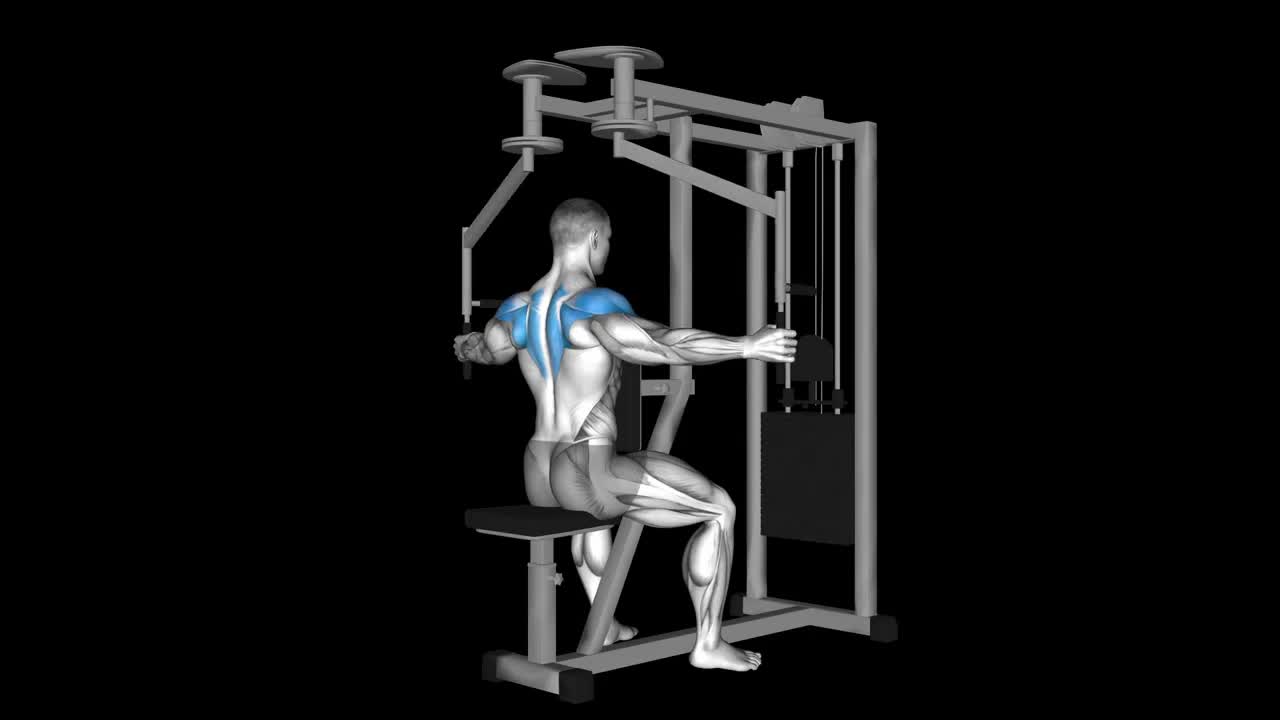
Things to Be Aware of When Doing the Machine Rear Fly
- Warm Up Properly: Activate the rear delts with light face pulls before starting.
- Don’t Overtrain: Excessive rear delt training can cause shoulder fatigue and affect pressing performance.
- Listen to Your Body: Stop if you feel sharp pain or discomfort.
- Progress Gradually: Increase weight slowly to avoid strain on the shoulders.
Final Thoughts
The machine rear delt fly is a must-have for developing strong, well-balanced shoulders and a resilient upper back. Consistently training the rear delts can improve shoulder aesthetics, strength, and mobility. Next time you’re in the gym, don’t neglect your rear delts—add the machine rear fly to your routine and feel the difference! 🚀

